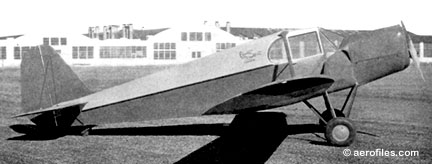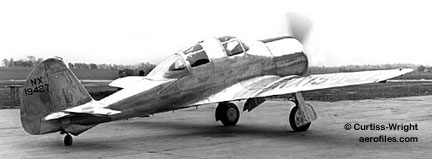SwampTiger
Banned
The thing for the French is - what to buy with limit being 1 or 2 fighter designs? The MS.406 was of lacklustre performance (barely better than the Japanese fixed-U/C fighters with radial engines, less than Hawk 75s and He 112B with indifferent Jumo 210G), while also requiring inordinate amount of manhours to produce (IIRC same as the two-engined Pozez 63 series, or 50% more than D.520). Dewoitine D.500/501 line is hopeless, though a version with retractable U/C and better radiator would've been probably useful for 1940.
UK was buying Defiants and Gladiators along with Hurricanes and Spitfires, with Whirlwind and Beaufighter in pipeline. So I'd say that French need several designs to make up for shortcomings of their fighter's line-up.
French politics forced the issuance of military contracts to a variety of firms throughout the country. Each firm wanted to build its own designs. The administration was just getting hold of procurement and manufacturing chaos in the late 1930's. The defense establishment should have concentrated on two or three designs in each category and required manufacturers to bid on building these chosen designs. However, hindsight is easier than real life. Isn't politics grand!


